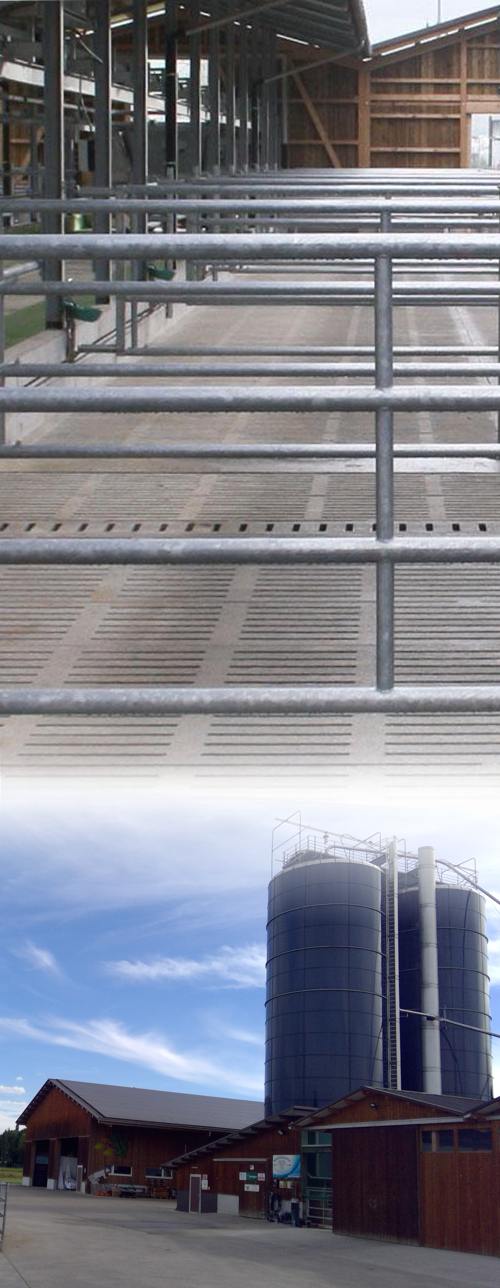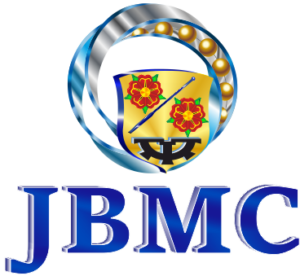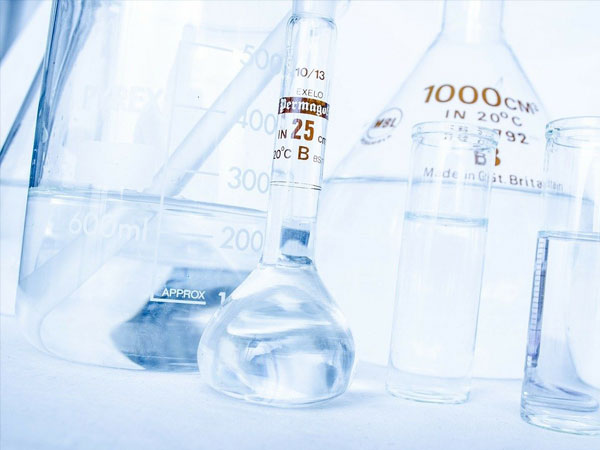Why treat slurry
The volatility of farm- slurry and- manure (also called organic fertilizer) is an important source of loss of many nutrients for Swiss agriculture.
Since up to now you couldn't really do anything other than let organic fertilizer evaporate, it might make sense today to regain these nutrients and immediately stabilize them for better plant absorption. Thanks to the slurry acidification, this is now possible without any concerns.
The principle is to lower the pH value of the slurry as quickly as possible – i.e. in the barn. This means that the
enzymes contained in the feces can no longer break down the urea. On the one hand, this results in immediate nutrient recovery and, on the other hand, a long-term and efficient reduction in greenhouse gas emissions. Both properties make sense and benefit farmers who are looking for effective and long-term solutions (nutrient recovery, odor and ammonia emission reduction), which are also wanted and supported in our climate policy.
undesirable greenhouse gases – which occur naturally in agricultural animal husbandry – along the entire emission chain (from the stable to storage and up to application) and, in the long term, significantly to support better plant uptake.
Benefits of a slurry acidification system

- Reduces significantly the evaporation of ammonia, methane and nitrous oxide
- Limits odors in the stable, in the storage, in the application and thus in the surrounding farm-area
- Destroys the fibers of plant residues in the slurry (less “trail” by the spreading)
- Separates the slurry into solid and liquid parts and sifts out the phosphorus (optional)
- Increases the proportion of readily available nitrogen, phosphorus and sulfur (means more yield)
- Enables better and faster nitrogen uptake by crops (means a higher protein content in arable crops)
- Generates healthier air in the barn and ensures fewer flies and also fewer diseases in farm animals
- Improves the overall balance of greenhouse gas emissions and CO2 equivalents of the farm
In the European Interreg project “Baltic Slurry Acidification”, authorities from several Northern European countries have been researching how nitrogen losses can be further reduced when fertilizing with organic fertilizer. The results of the extensive study today include the foundations of the European Common Agricultural Policy (CAP) as well as those of our climate and energy policy framework up to 2030.
In Switzerland, these verification statements are taken over by other institutions. For example, a demonstration plant is currently being operated in the canton of Lucerne, which is intended to show the effects of slurry acidification. The scientific evaluation of the slurry processing of the demo object is led by the HAFL, University of applied Sciences in Agriculture, Forestry and Food.

Sustainable development from which everyone involved
– in the form of an economic, ecological and social return – can benefit and grow. This is what we stand for!
For people, your livestock and our environment

Challenges

The use of organic acid (vinegar) and inorganic acid (mineral acid) in agriculture might sound strange at first. In practice, however, acids are one of the technically most important chemicals and are among the basic chemicals that are most frequently produced in industrialized countries. In the 8th century – invented using the vitriol process – around 150 million tons of sulfuric acid are used every year today.

Our treatment process guarantees that acid is not harmful to people, livestock, concrete structures, mechanical installations (agitators, pumps, pipes) or to land. Clear analyzes underpin these facts: Treated slurry has a stable pH value of 5.7 class XA1 concrete (chemically weakly aggressive environment), which can be found in the buildings of our acidification systems, can withstand a pH value of less than 5.5. The same principle (apart from a few other parameters) also applies to mechanical installations. For comparison: Coca-Cola Classic has a pH value of 2.5 and is therefore much more acidic than our processed slurry. In addition, our systems have been developed and optimized in cooperation with SUVA and AGRISS (occupational protection, health and safety on farms).
Acid – whether used in the slurry acidification process or for the weekly cleaning of a milking facility – corresponds to the same water hazard class: WHC 1 (B), slightly hazardous to water. It should also be mentioned that a high quantity of acid that is used in the treatment process “consumes” itself as a result of the lowering of the pH value and thus neutralizes itself. If we look at this objective point, it can be stated that no acid is applied to fields, only sulfur sulfates (even if sulfuric acid is used to a limited extent in the treatment process), which are produced in the chemical treatment process.
Process / basis

Pig farming
In the animal species mentioned, which cause around 95% of ammonia emissions in Switzerland, our technology starts at the point where most greenhouse gas emissions are emitted, but also could be avoided. These places are walking areas in the stable and play yards. In addition, the evolution of emissions over time shows that over half of the ammonia emissions take place within the first hours after the dejections in the stables and on the exercise yards.




